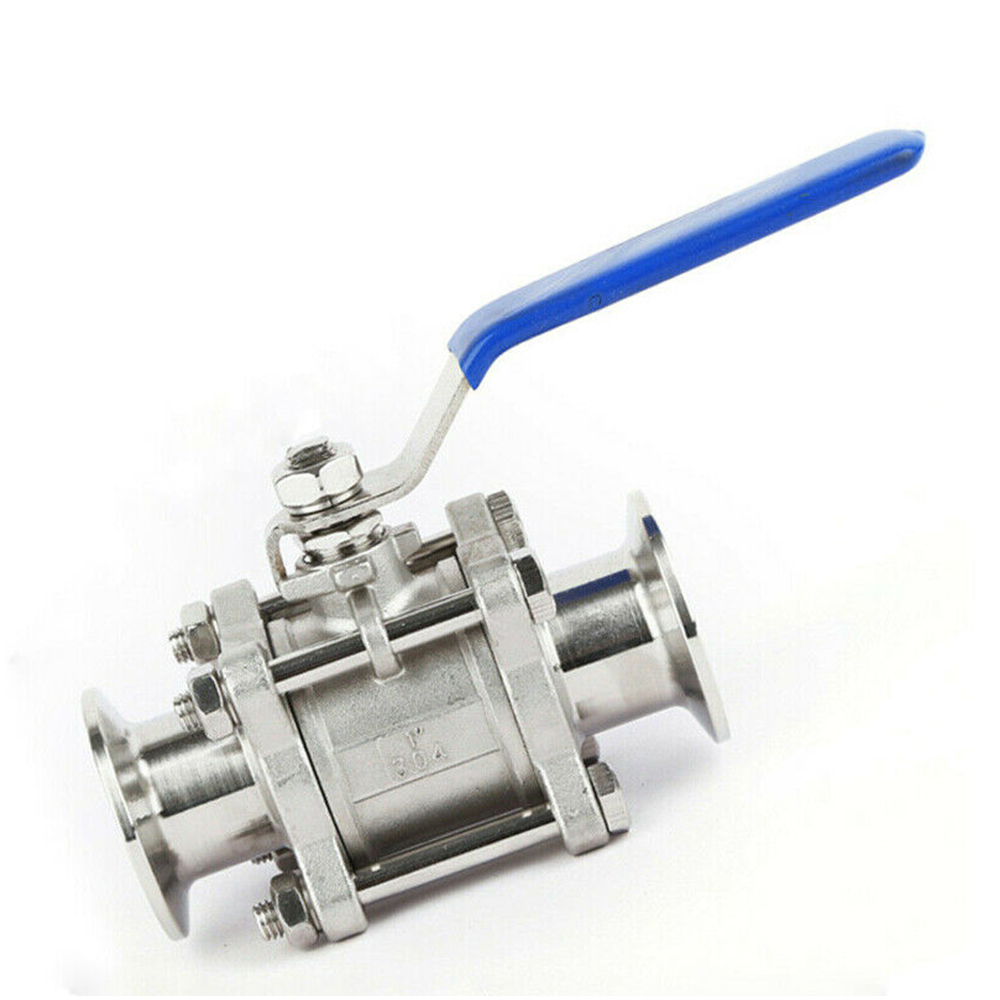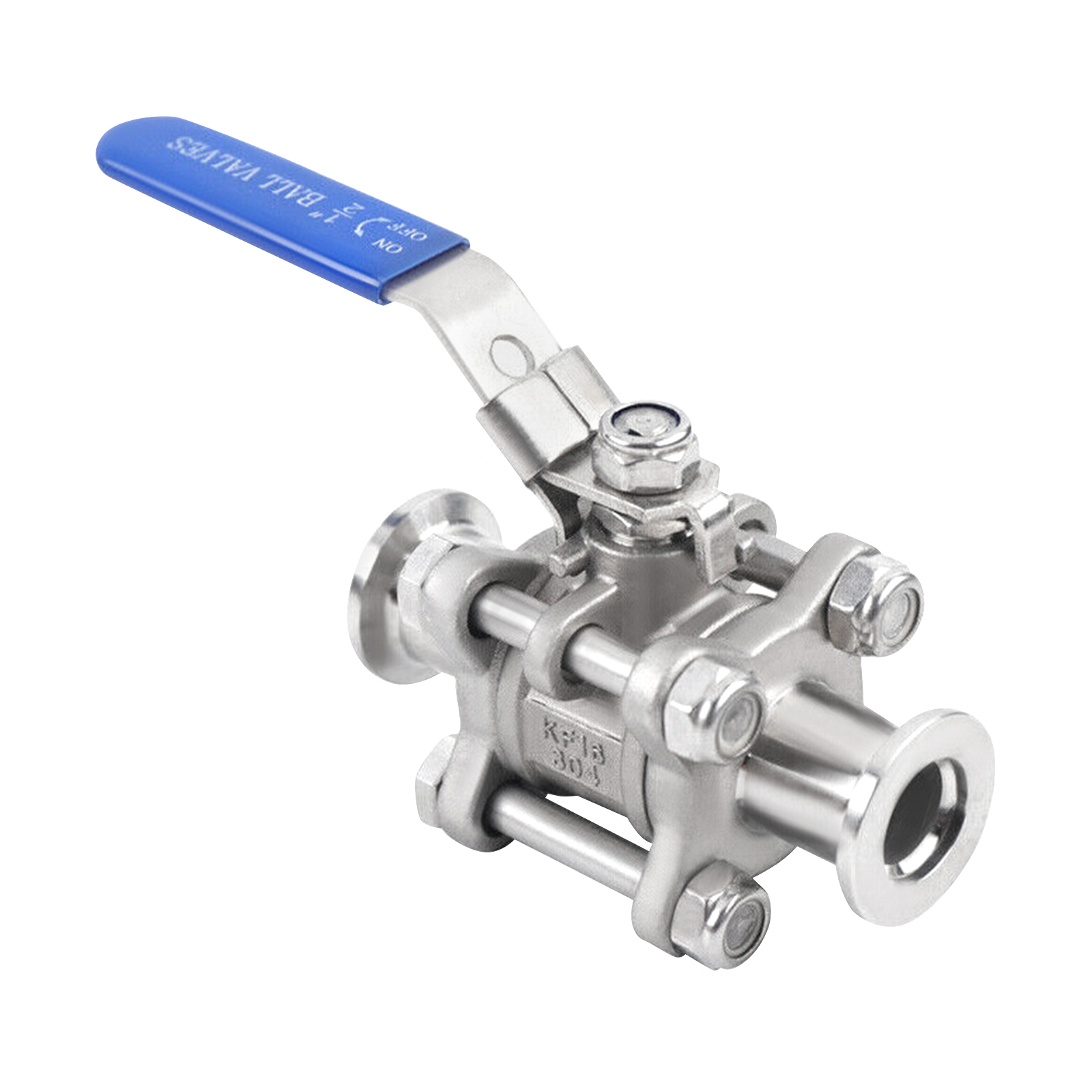
Valve Connection Form
- Flange connection
This is the most commonly used connection form in vacuum valves. According to the shape of the joint surface, it can be divided into the following types:
1) Smooth type: used for valves with low pressure. Processing is more convenient
2) Concave-convex type: high working pressure, medium hard washer can be used
3) Tongue and groove type: gaskets with larger plastic deformation can be used, which are widely used in corrosive media and have a better sealing effect.
4) Trapezoidal groove type: Use an oval metal ring as a gasket, which is used for valves with working pressure ≥64 kg/cm², or high temperature valves.
5) Lens type: The washer is a lens shape and is made of metal. Used for high pressure valves with working pressure ≥100 kg/cm², or high temperature valves.
6) O-ring type: This is a relatively new form of flange connection. It is developed with the appearance of various rubber O-rings. It is more reliable than ordinary flat gaskets in sealing effect.
- Threaded connection
This is a simple connection method, often used for small valves. There are two situations:
1) Direct sealing: the internal and external threads directly play a sealing role. In order to ensure that the joints do not leak, they are often filled with lead oil, hemp and PTFE tape; among them, PTFE tape is widely used every day; this material has good corrosion resistance and excellent sealing effect. Good, it is convenient to use and store. When disassembling, it can be completely removed because it is a non-sticky film, which is much better than lead oil and hemp.
2) Indirect sealing: The tightening force of the thread is transmitted to the gasket between the two planes, so that the gasket plays a sealing role.
- Card sleeve connection
The ferrule connection has only been developed in my country in recent years. Its connection and sealing principle is that when the nut is tightened, the ferrule is subjected to pressure, causing its blade to bite into the outer wall of the pipe, and the outer cone of the ferrule is in contact with the joint under pressure. The conical surface of the body is in close contact, so leakage can be reliably prevented.
The advantages of this connection form are:
1) Small size, light weight, simple structure, easy disassembly and assembly;
2) Strong connection force, wide application range, high pressure resistance (1000 kg/cm²), high temperature (650°C) and shock and vibration;
3) A variety of materials can be selected, suitable for anti-corrosion;
4) The processing accuracy requirements are not high;
5) Easy to install at high altitude.
At present, the ferrule connection form has been adopted in some small-caliber valve products in my country.
- Clamp connection
This is a quick connection method. It only requires two bolts and is suitable for low-pressure valves that are frequently disassembled.
- Internal self-tightening connection
All the above connection forms use external force to offset the medium pressure to achieve sealing. The following describes the self-tightening connection form using medium pressure. Its sealing ring is installed in the inner cone and is at a certain angle with the side facing the medium. The pressure of the medium is transmitted to the inner cone and then to the sealing ring. On the cone with a certain angle, two component forces are generated, one with The center line of the valve body is parallel to the outside, and the other is pressed against the inner wall of the valve body. The latter component is the self-tightening force. The greater the medium pressure, the greater the self-tightening force. Therefore, this connection form is suitable for high-pressure valves. Compared with flange connection, it saves a lot of materials and manpower, but it also needs a certain pre-tightening force to be reliable when the pressure in the valve is not high.
Valves made with the principle of self-tightening are generally high-pressure valves.
There are many types of valve connection. For example, some small valves that do not need to be removed are welded to the pipe; some non-metallic valves are connected by sockets, and so on. Valve users should be treated specifically according to the situation of the user.







